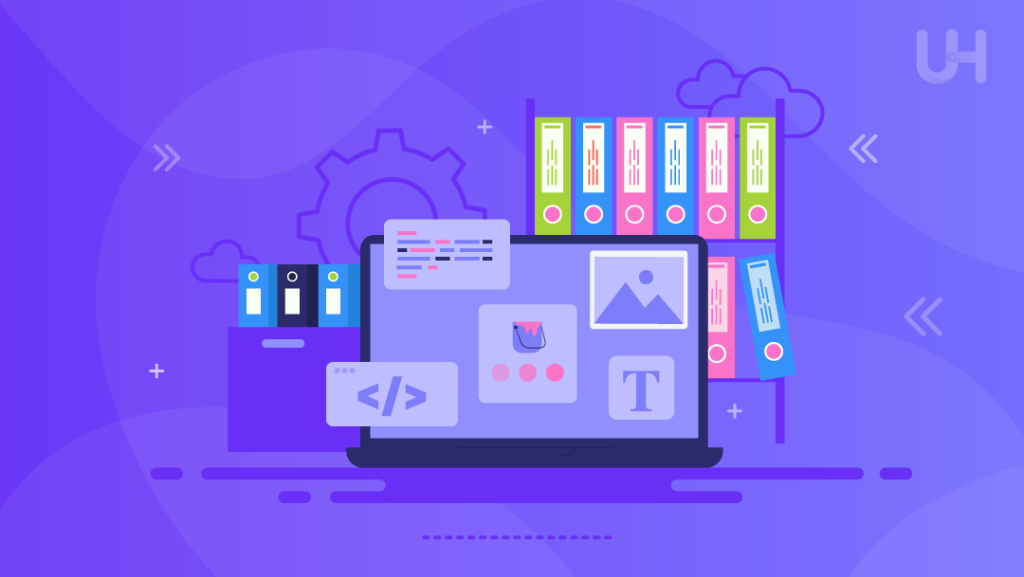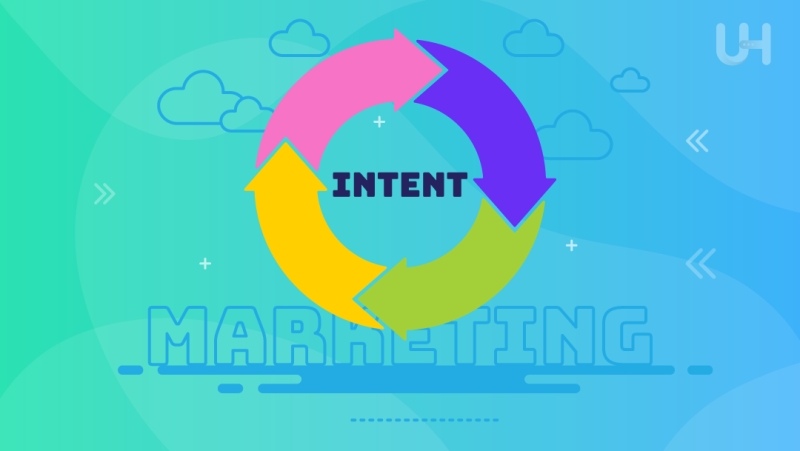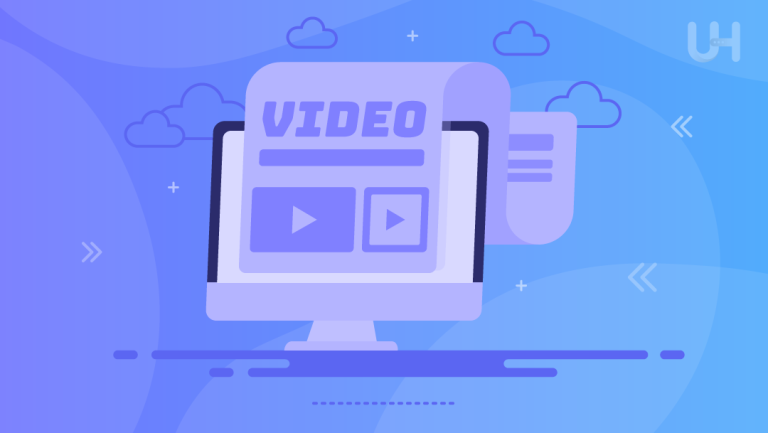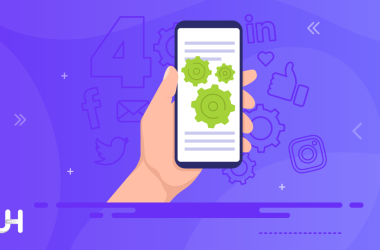Intent Based Marketing (IBM) is important for businesses trying to reach customers better. IBM is all about figuring out what people want to buy or do and then targeting them with ads or messages that fit their needs. Instead of just looking at basic info like age or location, IBM uses technology to understand what people are doing online and what they’re interested in. This helps businesses show the right ads to the right people at the right time.
Understanding intent-based marketing is super important because it helps businesses connect with customers in a more personal way. By using IBM, companies can make ads that people actually care about, which can lead to more sales and loyal customers.
Understanding Intent in Marketing
Intent is the desire or purpose behind a person’s actions or decisions. In marketing, understanding intent is like getting into the minds of your customers to know what they’re looking for or interested in. It’s crucial because it helps businesses tailor their internet marketing efforts to meet the specific needs and preferences of their target audience. By knowing what customers want, businesses can create more relevant and compelling messages, leading to better engagement and higher chances of conversion.
Types of Intent
- Explicit intent: This type of intent is clear and direct. It’s when a person expresses their intentions outright, like searching for “best laptops” or clicking on a “buy now” button. Marketers can easily understand explicit intent because it’s explicit in the customer’s actions.
- Implicit intent: Implicit intent is a bit trickier to detect because it’s not stated directly. It’s inferred from a person’s behavior, such as browsing specific product categories, spending time on certain web pages, or reading reviews. Marketers need to analyze these subtle cues to understand what customers are interested in and how to engage with them effectively.
How Intent Differ from Traditional Demographic-Based Targeting?
Intent-based targeting focuses on understanding the immediate needs and desires of individual customers, regardless of their demographic characteristics like age, gender, or location. Instead of making assumptions based on broad categories, intent-based targeting relies on real-time data and behavioral signals to identify customers who are actively interested in a product or service.
Traditional demographic-based targeting like data-driven marketing, on the other hand, relies heavily on demographic information to categorize and target customers. While demographics can provide some insights into a customer’s characteristics, they often overlook individual preferences and intentions. Intent-based targeting offers a more precise and effective approach by focusing on what customers are actively seeking at any given moment, leading to higher engagement and conversion rates.
How Intent Based Marketing Works?
Data Collection and Analysis
Intent Based Marketing relies on collecting various signals that indicate a customer’s intentions. These signals can include online behaviors such as search queries, website visits, social media interactions, and past purchase history. By tracking these actions, marketers can gain insights into what customers are interested in and what stage of the buying journey they’re at.
Once the intent signals are gathered, sophisticated algorithms powered by artificial intelligence (AI) and machine learning come into play. These technologies analyze the data to uncover patterns, trends, and correlations that reveal underlying customer intent.
Personalization and Targeting
Marketers can create highly personalized content and messaging that resonates with their audience’s interests and needs. Whether it’s customizing email campaigns, crafting targeted ads, or optimizing website content, personalization based on intent ensures that customers receive relevant and engaging experiences.
Intent Based Marketing enables marketers to focus their efforts on audiences who are most likely to convert. By identifying high-intent prospects, marketers can prioritize resources and allocate budget more effectively. This targeted approach not only increases the likelihood of conversion but also maximizes return on investment (ROI) by reaching those who are actively interested in the product or service.
Effective IBM With The Best Email Hosting!
Make the most of your Intent-based Marketing by utilizing UltaHost’s email hosting services for businesses of all sizes. Host your business email on a secure, privacy-guaranteed server, and promote your site with every message you send!
Real-time Optimization
Intent Based Marketing allows marketers to adapt in real-time by monitoring and analyzing shifts in intent signals. Whether it’s a sudden spike in searches for a particular product or a change in browsing behavior, marketers can adjust their strategies on the fly to capitalize on emerging opportunities or address evolving customer needs.
One of the key advantages of Intent Based Marketing is its iterative nature. Marketers continuously refine and optimize their campaigns based on insights gleaned from intent data. Marketers can fine-tune different approaches for maximum effectiveness over time by testing different approaches. It ensures that they stay ahead of the competition and deliver meaningful results.
Benefits of Intent Based Marketing

Enhanced Customer Experience
Intent Based Marketing enables businesses to deliver content and offers that are highly relevant to each individual customer’s interests and preferences. By understanding their intent, marketers can tailor their messaging to address specific needs and pain points. It will create a more engaging and personalized experience for the customer.
By analyzing intent signals, marketers can gain insights into what customers are likely to want or need in the future. This proactive approach allows businesses with eCommerce hosting to anticipate customer needs and desires before they even express them. It enables them to provide timely and valuable solutions that enhance the overall customer experience.
Increased ROI and Conversion Rates
By focusing their efforts on customers who are actively interested in their products or services, businesses can significantly increase their chances of conversion. Intent Based Marketing allows marketers to identify and prioritize high-intent prospects. It results in higher conversion rates and a more efficient use of resources.
Intent Based Marketing helps businesses maximize their return on investment (ROI) by directing marketing resources towards the most promising opportunities. Instead of spreading their budget across a broad audience, marketers can put their efforts on those who are most likely to convert. Also, ensuring that every dollar spent delivers maximum impact.
Improved Brand Loyalty and Retention
By consistently delivering content that aligns with their audience’s interests and needs, businesses can build trust and loyalty with their customers. Intent-Based Marketing allows marketers to establish a deeper connection with their audience by providing valuable and relevant content that resonates with their preferences.
Personalization is key to building strong relationships with customers, and Intent-Based Marketing excels in this area. By tailoring their interactions based on individual intent and behavior, businesses can create meaningful and personalized experiences. It will strengthen customer relationships and encourage repeat business. Whether it’s through personalized emails, targeted offers, or customized product recommendations, Intent Based Marketing helps businesses foster deeper connections with their audience. Ultimately leading to improved customer loyalty and brand loyalty on a long-term basis.
Examples of Intent Based Marketing in Action
Search Engine Marketing (SEM)
In search engine marketing (SEM), understanding keyword intent is crucial for driving targeted traffic to a website. Marketers analyze the intent behind specific keywords that users are searching for and tailor their ad campaigns accordingly. By bidding on relevant keywords and crafting ads that address this intent, marketers can attract highly qualified leads.
Content Marketing

Content marketing is another area where Intent Based Marketing shines. Marketers create content that aligns with the intent of users at various stages of the buyer’s journey. For example, a user searching for “how to choose the best laptop” is likely in the consideration stage and looking for information to help them make a purchase decision. By creating informative content that addresses this intent, businesses can position themselves as trusted advisors and guide users towards conversion.
Retargeting Campaigns
Retargeting campaigns leverage user intent by targeting individuals who have previously interacted with a brand or demonstrated interest in a product or service. For example, if a user visits a website but doesn’t make a purchase. They can be retargeted with ads promoting the products they viewed or similar offerings. Retargeting campaigns help businesses recapture lost opportunities and drive higher conversion rates by reminding users of their previous intent.
Conclusion
Why is IBM so important? Well, because it helps businesses make customers happy! When businesses with dedicated hosting know what customers want, they can give them exactly that, making their experience better. Plus, IBM can help businesses make more money by showing ads to people who are more likely to buy something.
Looking for more ways to optimize your online presence? Explore Ultahost’s Instant VPS solutions for lightning-fast performance and reliable hosting. Take your business to new heights with our cutting-edge VPS hosting services.
FAQ
What is Intent Based Marketing (IBM)?
IBM is a strategy where businesses analyze data to understand customer wants and needs, tailoring marketing messages accordingly.
How does IBM differ from traditional marketing?
IBM is personalized and targeted, focusing on individual customer behavior and intent, unlike traditional methods based on broad categories.
How do marketers determine customer intent?
Marketers use data from online searches, website visits, and social media, often leveraging AI for analysis and predictions.
What are the key principles of intent driven marketing?
Intent-driven marketing involves analyzing customer data to understand their intentions and tailoring marketing strategies accordingly. This approach leads to more effective campaigns and higher engagement rates.











